
If you’re new to Scotch whisky, you might not realize that, depending on the region, the aromas and flavors can vary greatly. And while novice palates might not be able to distinguish highly nuanced differences between Highland and Speyside single malt whisky (Scotland and every country besides the US and Ireland omit the ‘e’ in whiskey), they absolutely can tell the difference between either of those regions and whisky from Islay.
This is because, in most cases, a whisky from the Inner Hebrides island of Islay (which is also one of the five Scottish whisky regions because of the number of distilleries located on this small, sheep-filled island) is peat-smoked (although Highland Park on Orkney, The Balvenie in Speyside, and other random distilleries also make peated whiskies). This, on top of the usual single malt Scotch flavors, gives the whisky an enveloping campfire smokiness throughout. It’s pretty hard to miss.
But what is peat? Why and how is this style of whisky made? Why is it produced almost exclusively on an island off the coast of Scotland? Keep scrolling to learn everything there is to know about peated Scotch whisky.
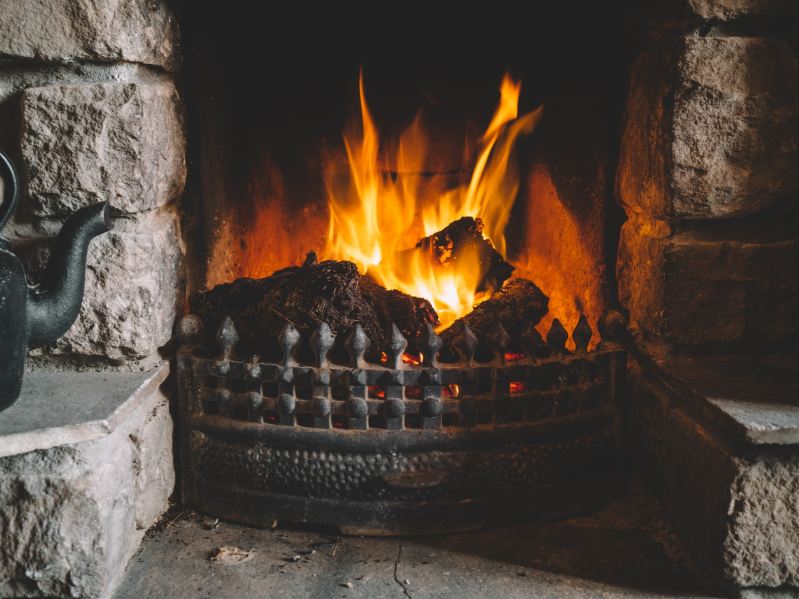
What is peat?
You might even be a seasoned whisky drinker and have heard and seen the phrase “peated” and still might not even know what peat is. You might have heard of a peat bog and assumed it had nothing to do with the whisky. Well, you’d be wrong. Peat is formed in boggy, wet areas when moss, grass, tree roots, and other vegetation and organic material begin to decompose and decay. As it accumulates over hundreds and even thousands of years, it creates a thick, almost black, soil-like compound that has been used for centuries as a fuel in Scottish homes. The coastal, island environment makes Islay a great place for peat to form, thus a great place to use it to flavor whisky.
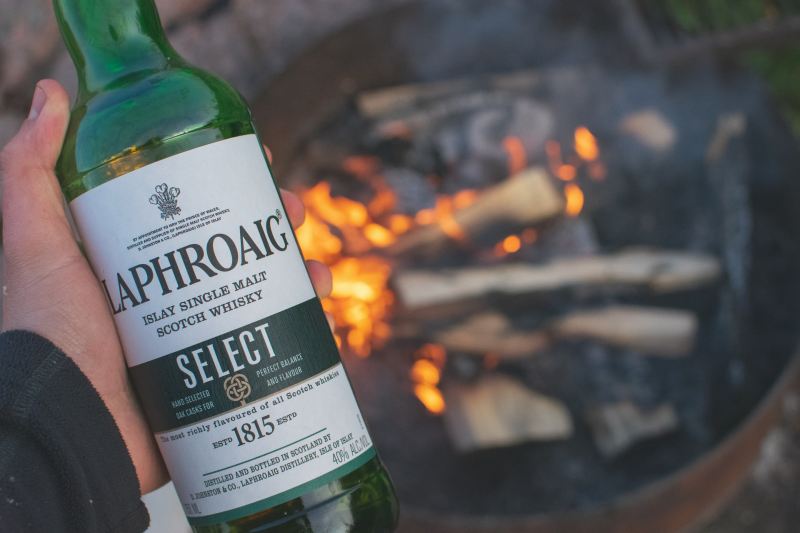
How is peat used to flavor whisky?
If you work at a distillery that still malts its barley and you make peated whisky, the process is easier than it seems. First, the dried peat is burned in a furnace referred to as a kiln. The already germinated malted barley is in an area above. The smoke from the peat rises and envelopes the malted barley, giving it a smoky, campfire aroma and flavor beloved by whisky aficionados. The more the phenols (aromatic organic compounds) are absorbed, the longer the malted barley is exposed to the peat smoke, and the more over-the-top the flavor will be.
Some of the most popular peated single-malt Scotch whiskies
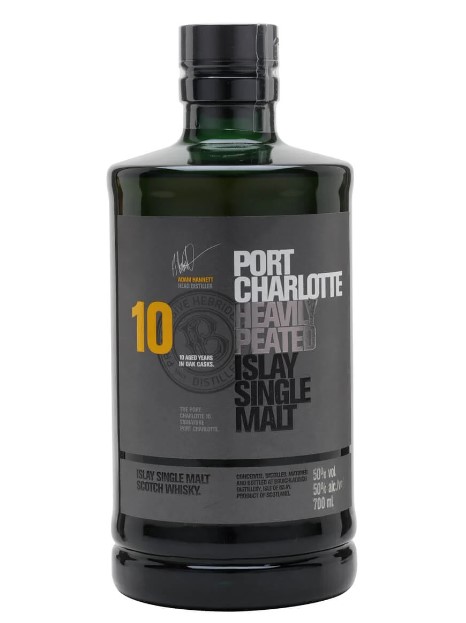
Port Charlotte 10-Year-Old
This “extremely peated” single malt whisky was first introduced in 2018. The flagship expression from Bruichladdich’s Port Charlotte line is a 10-year-old peated single malt whisky that is made up of a combination of first-fill American whiskey barrels, second-fill American whiskey barrels, and second-fill French wine casks. This results in a bold, complex sipping whisky with aromas of ocean brine, salted caramel, and peat smoke. Sipping it reveals notes of vanilla, salted caramel, rich oak, and campfire smoke.
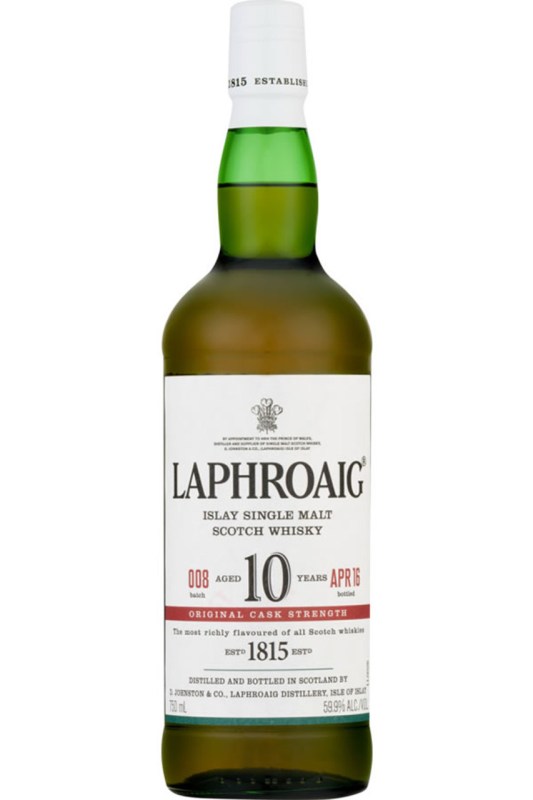
Laphroaig 10-Year-old Cask Strength
When it comes to peat-smoked single malt whiskies, it’s difficult to beat the appeal of the range of Laphroaig. One of its best is its Laphroaig 10-year-old Cask Strength. This cask-strength (around 55-60% ABV) whisky was matured for at least ten full years. It’s well-known for its mix of medicinal, smoky, and sweet flavors, highlighted by sea salt, licorice, vanilla beans, caramel, gentle spices, and robust peat smoke. Add a few drops of water to open it up and enjoy this neat on a cool evening and feel the waves of smoky warmth.
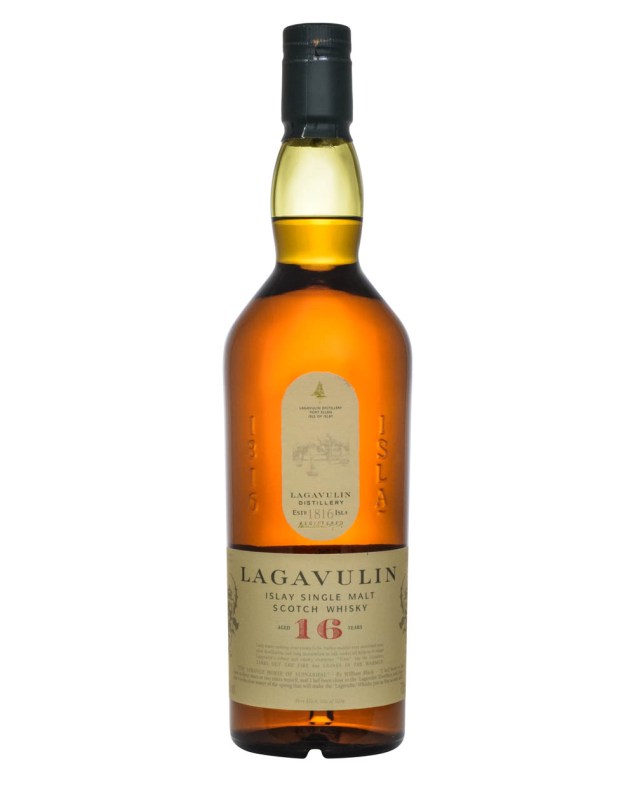
Lagavulin 16-Year-old
Most distilleries in Scotland have 10-year-old or 12-year-old single malt whiskies as their flagship offering. Lagavulin instead opted for a 16-year-old (although there was a 12-year-old in the 80s). One of the most beloved peat-smoked single malt Scotch whiskies ever produced, it’s known for its complex, industry-defining aroma and flavor. On the nose, you’ll find notes of ocean brine, salted caramel, iodine, sherry, vanilla, and smoke. Drinking it brings forth flavors of sweet sherry, dried fruits, rich oaky wood, vanilla cookies, treacle, and robust smoke that meanders throughout.
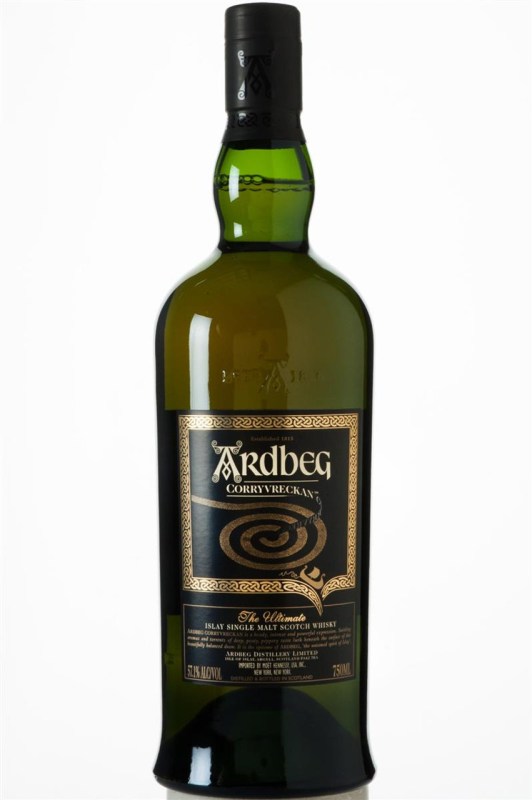
Ardbeg Corryvreckan
If you enjoy peated single malt whiskies or you simply want to dive into them, you’ll love the expressions from Ardbeg. While you can’t go wrong with its flagship Ardbeg 10, we suggest trying its no-age-statement expression, Ardbeg Corryvreckan. Named for a whirlpool along Islay’s Kildalton Coast, this heavily peated whisky begins with a complex nose of vanilla, sea salt, iodine, and peat smoke. The palate is known for its hints of candied orange peels, iodine, ocean brine, salted caramel, smoked bacon, and peat smoke. It’s rich, smoky, and deserves to be sipped neat.
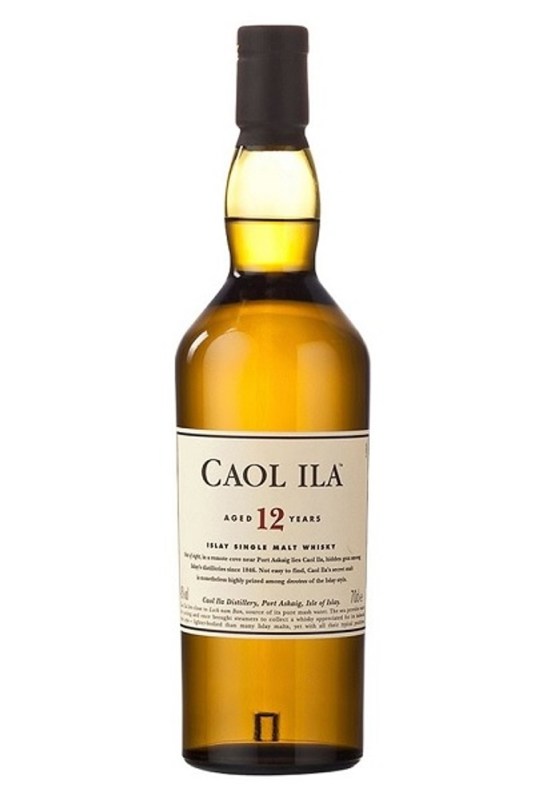
Caol Ila 12-Year-Old
One of the biggest problems with peat-smoked single-malt Scotch whiskies is the fact that it can be a bit much for some novice drinkers. Caol Ila 12 is one of the best beginner-peated whiskies on the market. First launched in 2002, it’s known for its nose of candied orange peels, vanilla beans, and peat smoke and a palate of salted caramel candy, vanilla beans, rich oak, citrus, and a gentle kiss of peaty campfire smoke. Sip it neat in a Glencairn glass and revel in its complexity. Even as a gateway bottle, it’s the kind of expression you’ll always want on hand.



